
Internal Communications Quick guides
What should be on an intranet homepage?

5 mins read
Start building your digital home with Happeo
Request a demoInternal Communications Quick guides
Product
Features
Solutions
Happeo for
Use cases
Resources
Explore
Support
Happeo For
Use cases
Comparisons
Explore
Support
Recent

Jonathan Davies
5 mins read
One of the features our customers love about Happeo is the fully customizable intranet homepage. You can apply your own branding, choose a header image, and display dynamic content. But if you’ve never set one up, you might be wondering: What should be on an intranet homepage?
In this post, we’ll cover everything you need to know about creating an intranet homepage and share some intranet homepage examples. Let’s begin!
Your intranet homepage is the first screen users see after they log in to your intranet portal. This is a portal login page from Hunt Club, one of Happeo’s customers:
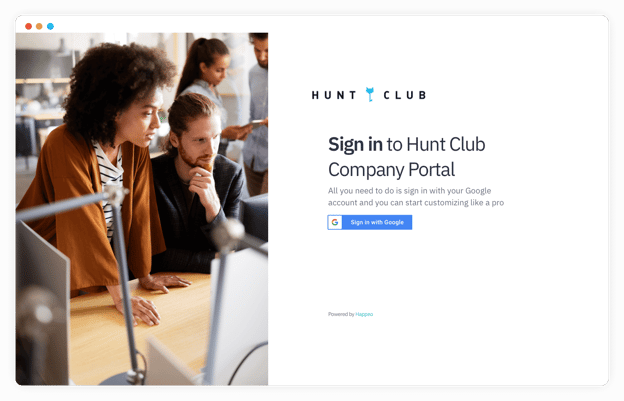
Just as you can customize your login page with your company logo and an image, you can also customize your intranet homepage:
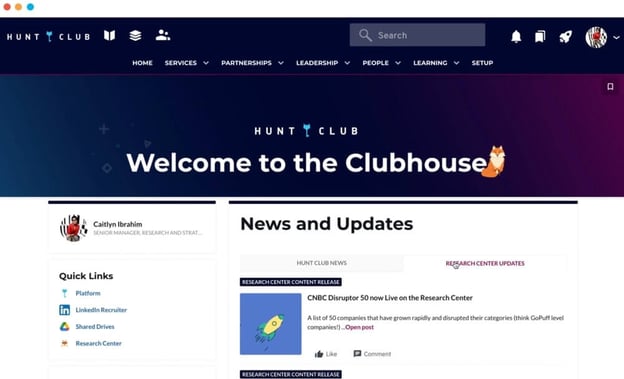
One of the biggest selling points of intranet software is that it helps employees stay engaged. That’s especially important for remote and hybrid teams that rarely (if ever) interact in person. Your intranet homepage needs to be dynamic, relevant, and user-friendly if you’re using it to develop a company culture.
“Relevant” means different things to different employees. For example, IT managers might want to see an uptime report when they log on, whereas creatives may want to see their due dates. So, instead of creating one static homepage for all employees, it’s best to choose intranet software that lets them have a personalized intranet homepage.
With Happeo, you can design a framework for your intranet homepage and include a few essentials (such as a spot for company announcements), but empower employees to configure their homepage view.
Items to consider for an intranet homepage include:
In addition to a company wide calendar, employees may want to see their own work calendar when they log into their intranet portal. With a calendar view on their homepage, they can immediately see their deadlines or scheduled meetings.
If your intranet offers analytics, administrators may want to see specific analytics on their intranet homepage. Analytics options may include user engagement trends, employee onboarding progress, and team pageviews.
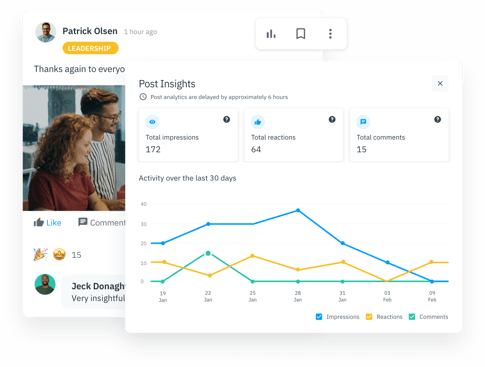
An example of Happeo analytics.
New hires may want to see a company directory on their homepage, so they can learn more about who fulfills specific roles in the company. Happeo’s directory feature shows a photo along with title, department, and contact information, and it lets employees quickly schedule meetings with each other.
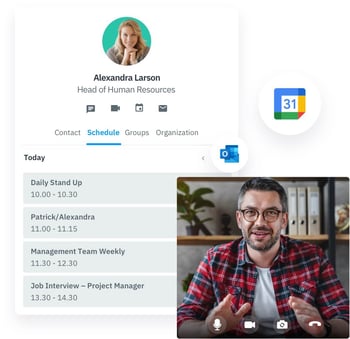
A contact card in Happeo's People Directory.
To prevent information overload, employees can curate their news feed to include only the news they need to see. That might include posts from peers, managers, or all posts from specific groups.
An intranet platform is a central hub for all of your work; however, sometimes you do need to visit external sites. You can easily create quick links on your homepage for that purpose — as shown here for a Happeo customer that needs to visit LinkedIn frequently to find talent:

So now that you know about elements to include on an intranet homepage, let’s look at some best practices for designing the homepage framework.
You don’t need to be a graphic designer to set up an intranet homepage, thanks to intuitive drag-and-drop features, as shown here:
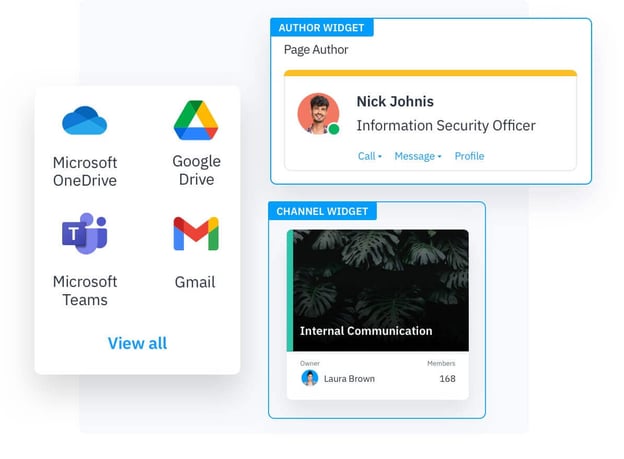
Happeo's page builder.
Just follow these basic design principles when setting up your homepage:
Resist any temptation to add multiple widgets and content blocks to a homepage. If you have a lot of important information to present, you can always group it by tab, as Happeo’s client BlueBridge One did here (with tabs for “Home,” “Our Vision,” and “Onboarding”):
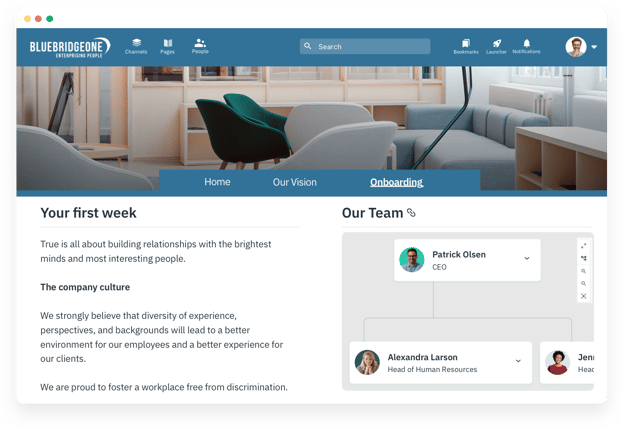
BlueBridge One intranet homepage.
If you were to click through to BlueBridge One’s “Home” and “Our Vision” pages, you’d see the format mirrors that of the “Onboarding” page. For end users, layout consistency is important — it helps them know where to look for information.
If you have a branded font, you’ll want to include that somewhere on your homepage. For content blocks, choose an easy-to-read sans-serif font. This is especially important if you have employees who use assistive reading technology — screen-reading software might not be able to interpret script-like fonts.
It makes sense to apply your branded colors to your intranet homepage header, or add a few color icons to your page, but don’t use a background color in blocks of text.
After you’ve implemented your new intranet, laid out the company homepage, and encouraged employees to personalize their intranet homepage view, it’s time to analyze engagement.
Happeo’s analytics can reveal whether employees are truly engaging with the homepage and other intranet features, but you can also ask employees for feedback — either through an in-app poll, or with an integrated third-party app, as shown here:
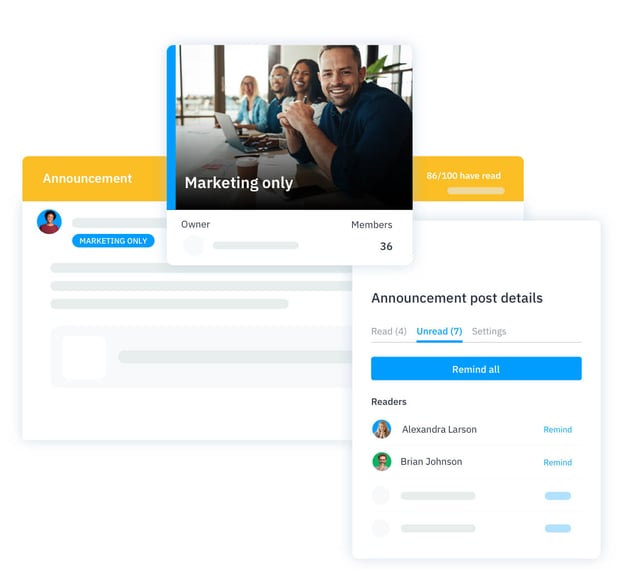
A feature-rich intranet helps employees stay connected, find the information they need, and customize their intranet homepages. Happeo is not a “top-down” solution — it’s a platform that encourages company wide communication and feedback, and empowers employees to create a workspace they love.
Find out how Happeo is helping companies improve communication and develop a culture that thrives, even in fully remote workplaces. Take a look at what Happeo can do.
